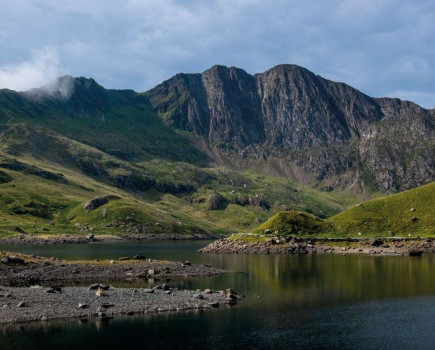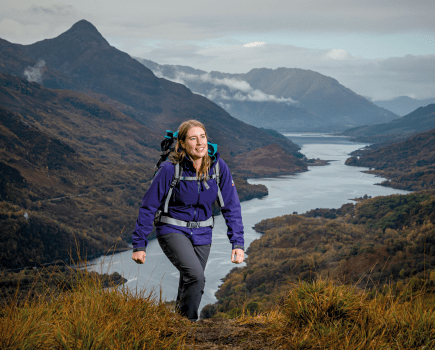Many outdoor enthusiasts were dismayed to hear of the recent approval of seven hydro-electricity schemes in Glen Etive. With Highland Council due to meet soon to reconsider three of the schemes, Richard Baynes takes a look at the arguments
This story was updated on 11 March with some corrections to the quotes from David Lintern on behalf of Save Glen Etive.
It’s a classic dilemma for those of us who care about the environment: developers plan a string of renewable energy schemes, which will help cut fossil fuel use, but they want to build them in one of the most beautiful places we know.
Several such battles have been played out over recent years in Scotland over wind turbines but later this month Highland Council will have to make a difficult decision over hydro-electricity schemes in Glen Etive, the magnificent Munro-girded glen which runs from Rannoch Moor 12 miles down to the sea.
Some see it as a test case for whether small-scale hydro-electricity schemes can exist in our wildest landscapes.
Ahead of the decision, campaigners have raised a petition and begun a Save Glen Etive social media campaign, winning thousands of supporters to their call for the schemes to be rejected.
The developer, meanwhile, has put up a stern defence of his £15 million proposals in an exclusive interview for The Great Outdoors.
The debate takes in climate change, the Highland economy, the needs of the outdoor community, the role of the tourist industry, and the kind of protection Scotland gives its most important scenery
The debate takes in climate change, the Highland economy, the needs of the outdoor community, the role of the tourist industry, and the kind of protection Scotland gives its most important scenery.
So what are the arguments, and can we reach a compromise that will keep all of us who care about the environment happy?
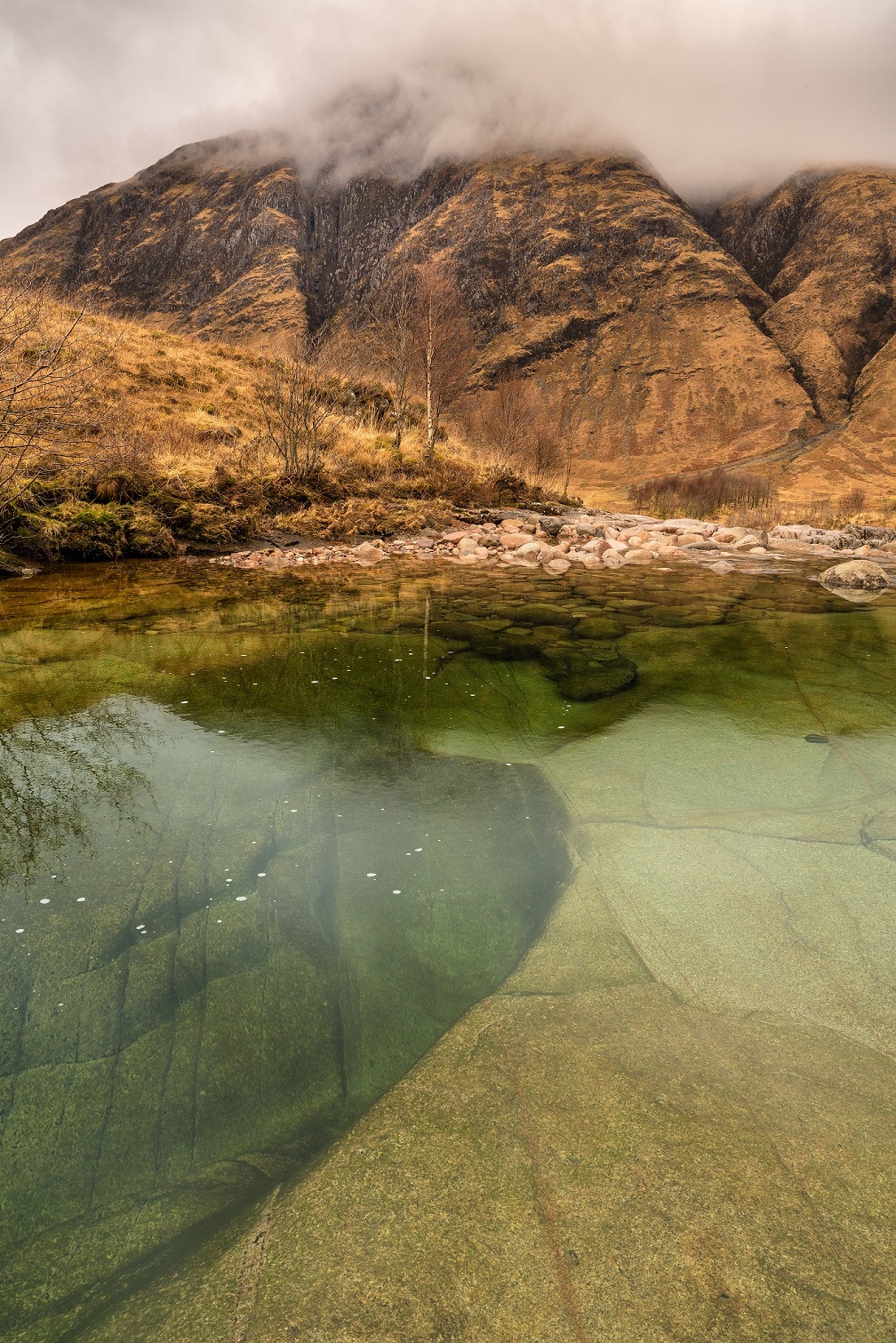
Allt a’ Chaorainn Photo: David Lintern
The battle for the burns
The issue first emerged last autumn when a firm called Dickins Hydro applied for planning permission for seven “micro-hydro” schemes on burns running into Glen Etive.
They’re what’s known as “run of river” schemes, with a small dam creating a weir pond high on the burn, feeding piped water into a lower turbine house to produce the power.
Highland Council planners recorded around 650 objections, with wild land charity the John Muir Trust (JMT) and Mountaineering Scotland among the objectors to some or all of the schemes.
Much of the concern centered around tracks used to build the dams, and the hillsides’ eventual restoration.
The seven schemes are all in the Ben Nevis and Glencoe National Scenic Area, but most controversial were the three on the south-eastern side of the River Etive, which fall in one of the 42 Wild Land Areas identified by the Scottish Government after a major review in 2014, with little or no building, tracks or forestry activity.
At a meeting of the council’s southern area planning committee last month, all seven hydro schemes were approved, despite the efforts of Councillor Andrew Baxter, who argued that the three south-easterly ones would have an unacceptable impact on the Wild Land Area.
However he immediately invoked a special procedure and won the backing of 18 of his fellow councillors to have the three Wild Land Area plans reconsidered at a full council meeting. That special meeting will now be held on 20 March, and all 80 councillors will be able to vote.
Baxter, who lives nearby in Kinlochleven and whose ward includes Glen Etive, says though he was less than keen on the other four schemes, he pursued the case of the three Wild Land Area ones because he felt they had the strongest chance of being defeated.
“If we start encroaching onto the wild land at the edges, developers can come along and say ‘oh we’re just going a little bit further,’ and all of a sudden we find we have encroached deep into wild areas.”
—Andrew Baxter, Highland Council
“This really hinges on the Wild Land Area and my feeling is that such areas don’t have the recognition that they should within the planning system, and that they do need protection,” he told The Great Outdoors.
“If we start encroaching onto the wild land at the edges, developers can come along and say ‘oh we’re just going a little bit further,’ and all of a sudden we find we have encroached deep into wild areas.”
It was Baxter who said the schemes could set a precedent, claiming they were the first substantial set of hydro schemes within the new Wild Land Areas to be put forward.
“We have seen some windfarms, and everyone has assumed that hydro power is fine and it’s less obtrusive, but the restoration of the land after the work is done can go horribly wrong and really scar the landscape,” he explained.
He also fears neither the council nor Scottish Natural Heritage has the resources to police the schemes and ensure the developer sticks to the conditions of his permission.
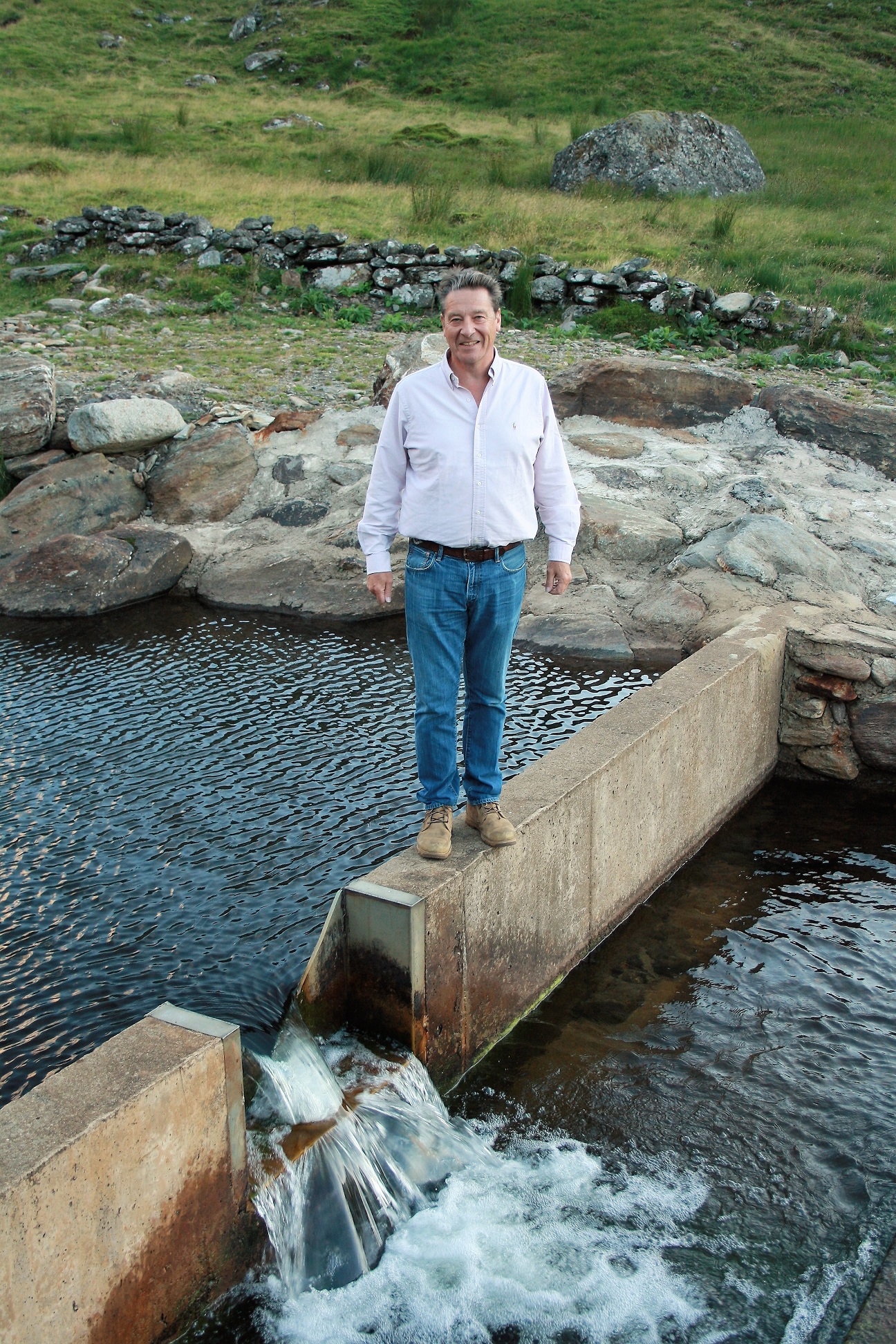
William Dickins at his dam in Glen Lyon, photo: Richard Baynes
The developer
The man behind Dickins Hydro says none of that is true. William Dickins is a former City headhunter who has been a full-time hydro developer for the past eight years.
His own property in Glen Lyon is fed by a scheme similar to those planned for Glen Etive, and he says he has worked on hydro developments all over Scotland.
Dickins sought to allay fears over the impact of his schemes, saying: “We as the contractor and designers will build these things with extreme care. They are designed not to impact on any huge scale on the wild land… we don’t want them to have an impact.”
There will be no permanent access track to the three schemes, he said, and the temporary tracks “will… restore well”.
Most controversial perhaps is the scheme for the Allt Mheuran, which drains the huge coire below Ben Starav and Glas Bheinn Mhor at the head of Loch Etive.
The stream is famous for the Eas Na Mearleach, the dramatic Robbers’ Waterfall, and on a hot day coming off the hill provides fine swimming holes in pink granite.
Dickins pointed out that he had brought the planned dam here 640 metres north-west from its original planned location in the coire towards the River Etive, to a point around 70 metres lower and better concealed, in order to satisfy objections.
The other Wild Land Area schemes are at a lower altitude, he says, and are designed to have as little impact as possible while maintaining them as workable projects.
He said they had worked hard to satisfy outdoor enthusiasts, pointing to a system whereby canoeists wanting to use the Etive tributaries involved will be able to increase the water level in the burns at the push of a button.
“We as the contractor and designers will build these things with extreme care. They are designed not to impact on any huge scale on the wild land”
—William Dickins
“This should be treated and looked at fairly,” he added. “I understand the passion that people have over this but I can give every assurance that we will have a specialist landscape clerk of works and an ecological clerk of works on site to make sure restoration of the projects is absolutely of the highest standard, and returns the ground to the original land forms.”
Dickins also pointed out that there are already four schemes, including his own, in the Wild Land Area above Glen Lyon, so he says no precedent is being set by the Etive schemes.
If the projects go ahead, he hopes they will be completed by autumn next year, with a schedule designed to minimise disruption for locals and tourist traffic, and plans to bring in heavy machinery by sea.
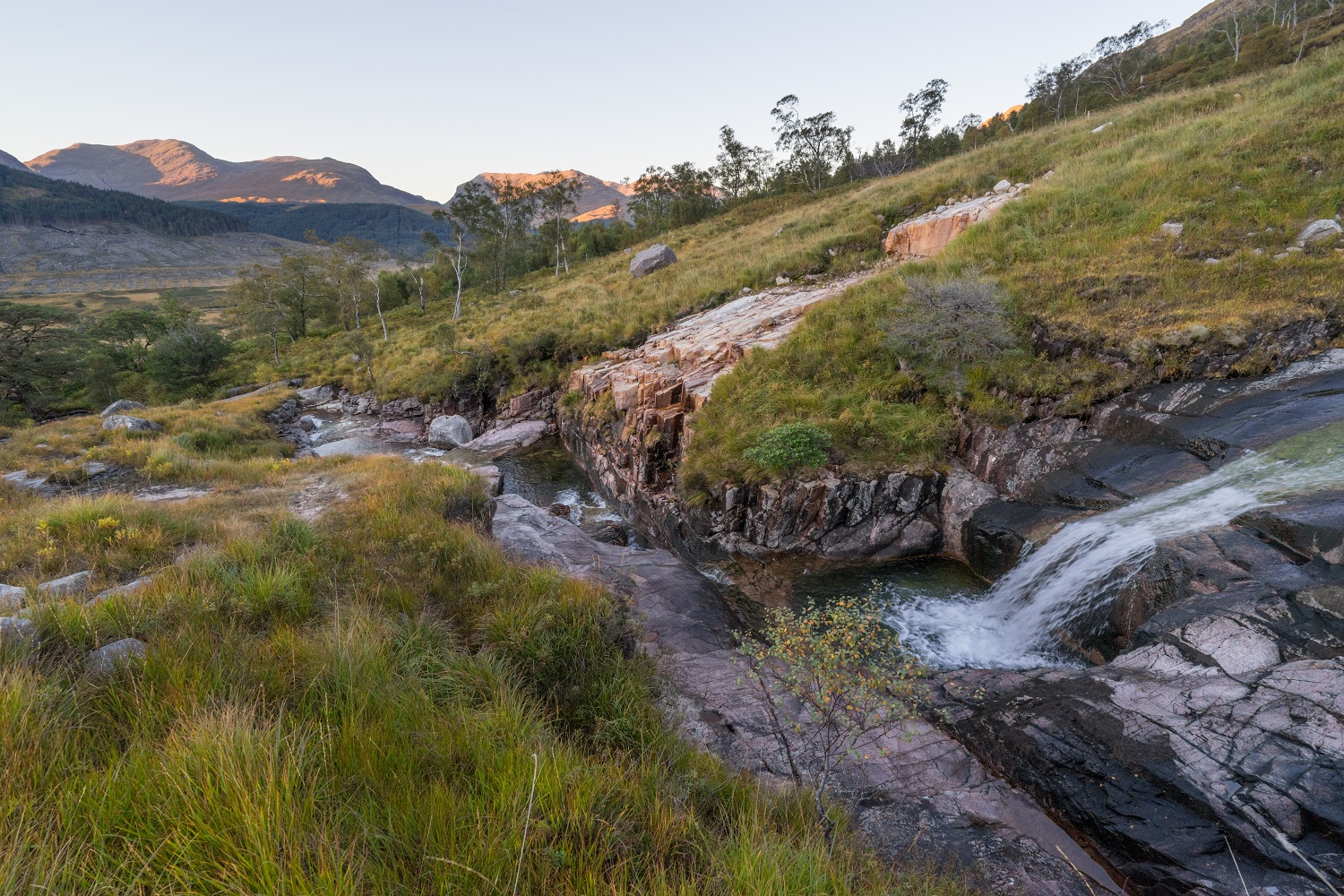
The beautiful Allt Mheuran, photo: David Lintern
Councillor Ben Thomson was one of those who supported the project at the planning meeting last month, putting forward three main arguments.
The first was that the schemes, however small, would add to the wider efforts of getting renewables to replace fossil fuels.
He also said the income from hydro schemes could be transformational for the area. The developers have pledged up to £35,000 a year payment to the local community. The developers will expect to make many times that on a £15m investment, and the Blackmount, Dalness and Etive estate on which the schemes lie will share a healthy slice of that in rent.
Thomson said income from hydro schemes has enabled other Highland estates, which often make a loss for their owners, to carry out environmental improvements, for instance allowing better management of red deer which damage woodland.
His third point was that mitigation and restoration schemes by hydro developers have been much improved recently. With a vote still to be taken he was reluctant to discuss the issues further this week: he wants to see what evidence is presented to the council.
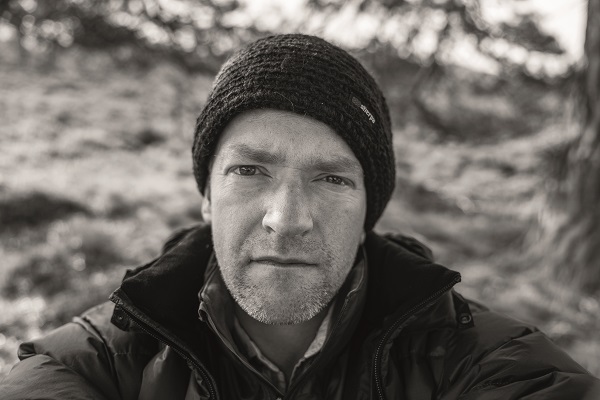
Save Glen Etive campaigner David Lintern
Save Glen Etive campaign
Campaigner (and The Great Outdoors contributor) David Lintern hopes there will be enough to persuade a majority of Thomson’s fellow councillors to reject the schemes on 20 March.
The writer and photographer is one of a loose group of half a dozen individuals behind the Save Glen Etive campaign. They have been urging Highland residents to get in touch with their local councillors, asking them to “protect their natural heritage” and to attend the Special Meeting on 20 March to voice their concerns.
Although the focus is on the three hydro schemes in the Wild Land Area, Lintern is still concerned about the cumulative impact of all seven, and says there is much more at stake here than just the notion of wild land.
He points to stories and songs rooted in the area – the Robbers’ Waterfall is possibly so named as a hiding place for stolen cattle – and there are local links with renowned 18th-century Gaelic poet Duncan ban Macintyre and the ancient Celtic tale of Deidre of the Sorrows.
“There are several shielings in Glen Ceitlin and the whole area is soaked in Scottish history. For me personally, that kind of unique cultural heritage is something we could be looking after,” he says.
On a more practical note, David Lintern points to the crowd-drawing scenery as being vital for the great economic driver of the Highlands – tourism. The Glen is a central part of a world-famous landscape – the Glen Coe and Black Mount area – which draws visitors from the central belt, from over the border and internationally. All spend money in Lochaber. The scenery is an enormous business driver both locally and nationally.”
CALL 2 ACTION!
Highlanders, please email your ward Councillor asking them 1. to attend the Special meeting on March 20th & 2. to consider landscape, planning and tourism impacts. Find your Councillor here: https://t.co/uJMJOFrxPE pic.twitter.com/OFuZ7bvtfN
— Save Glen Etive (@SaveGlenEtive) March 1, 2019
Ordinary people taking action
Although John Muir Trust and Mountaineering Scotland have played a part in fighting the developments, the current campaign draws its strength from both locals and the general public, which Lintern says gives it strength: “Glen Etive is an interesting case. There’s a much broader alliance of advocates for landscape than just hillwalkers or outdoors folk this time. It illustrates just how well loved the glen is, and how much of an asset it is for Scotland and the wider UK. It may be a place of natural beauty, but it’s also nationally significant.”
The decision by most campaigners to drop opposition to the schemes outside the Wild Land Area seems to show a willingness to compromise: while the north-west of the glen is certainly beautiful, it also has extensive forestry development. Dickins’ changes to plans for the Allt Mheuran could indicate a similar desire to find middle ground, and shows that pressure from campaigns does have the power to mitigate developers’ plans.
It’s now up to Highland Council to make the final decision – hence the fact that Save Glen Etive are encouraging Highland residents to write to their councillors. Can the Council conjure up a way to allow renewable energy development without destroying the value of this precious landscape? We’ll find out soon.




